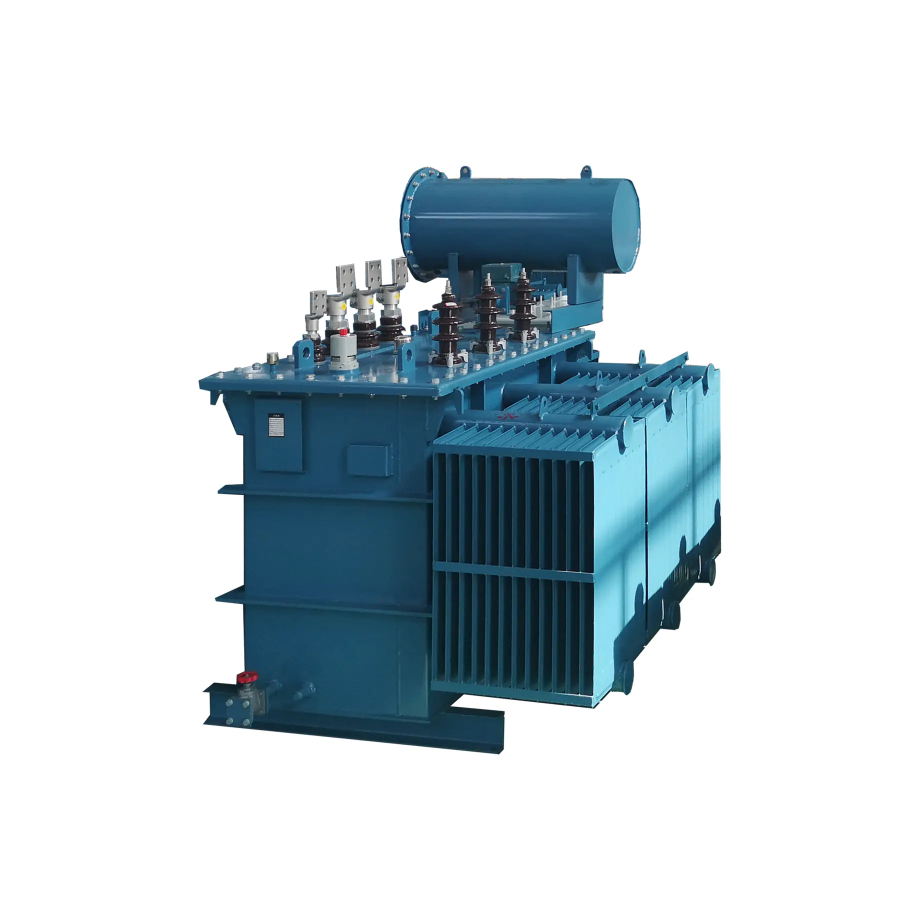Energy-Saving Single-Phase Oil-Immersed Pole-Mounted Transformer
15KVA 13.8KV/0.4KV
See DetailsPhase-Shifting Pulse Rectifier Transformers are integral components in advanced power electronics, particularly in systems that require precise control of phase angles and efficient voltage conversion. By introducing a method of phase-shifting, these transformers offer superior performance in high-voltage and medium-voltage applications, addressing critical demands for stability, harmonic control, and power quality. The mechanism that allows phase-shifting is more than just a technical feature; it’s the backbone of power conversion systems that depend on exact control to ensure seamless operation.
The primary function of a Phase-Shifting Pulse Rectifier Transformer is to deliver multi-phase rectified power, a necessity for modern inverters that convert DC to AC power. In systems where power quality is paramount, such as renewable energy installations, industrial machinery, or high-speed rail, the precision of phase control directly impacts system reliability and efficiency. The transformer achieves this by shifting the phase of each of the rectifier's three or more outputs, reducing the total harmonic distortion (THD) and improving the overall power factor. This not only enhances power quality but also minimizes losses in the conversion process, making it an essential asset in today's energy-demanding industries.
The operation of a Phase-Shifting Pulse Rectifier Transformer involves a sophisticated control strategy to manage phase shifts. This is often achieved through complex control circuits that adjust the relative phase of the transformer’s output. By doing so, the transformer ensures that the AC waveform is consistent, even under fluctuating loads. This is particularly important when handling high currents or operating in environments with variable load conditions, where voltage regulation and the prevention of power surges are critical for maintaining system stability. Without this level of control, electrical systems can suffer from voltage spikes, reduced efficiency, and even equipment failure.

One of the most significant advantages of a Phase-Shifting Pulse Rectifier Transformer lies in its ability to reduce harmonic distortion. Harmonics are high-frequency signals that distort the pure sine wave of electricity, leading to inefficiencies and potential damage to sensitive electrical equipment. By employing phase-shifting techniques, the transformer ensures that these harmonics are minimized, creating a cleaner power signal. This results in improved performance of connected equipment, a longer lifespan for machinery, and lower overall operational costs. Furthermore, reducing harmonic distortion is essential for compliance with international standards and regulations, which govern the quality of electrical power delivered to grids and industrial users.
The ability to seamlessly integrate Phase-Shifting Pulse Rectifier Transformers into high-voltage systems makes them indispensable in industries that require precise and reliable power conversion. Power grids, for example, depend on these transformers for efficient integration of renewable energy sources, where fluctuations in power generation and consumption are commonplace. Wind and solar energy, in particular, introduce irregularities in power flow, and the phase-shifting capabilities of these transformers help to smooth out these fluctuations, providing a stable and consistent output that meets grid standards.
In industrial settings, the versatility of a Phase-Shifting Pulse Rectifier Transformer extends to applications in heavy machinery, electric trains, and large-scale motor drives. Here, the transformers ensure that the power supplied to the equipment remains consistent, even under variable load conditions. This is critical for maintaining the performance and efficiency of the equipment, reducing downtime, and extending the service life of both the transformer and the powered machinery. Additionally, these transformers are engineered to withstand the high currents and voltages typical in such applications, ensuring reliability in demanding environments.
What sets Phase-Shifting Pulse Rectifier Transformers apart from traditional transformers is their enhanced control capabilities. These transformers are designed to be adaptable to a range of voltage levels and power requirements, allowing them to be customized for a wide variety of applications. This flexibility is particularly important for industries that require tailored power solutions, where a one-size-fits-all approach is not feasible. Whether it's for integrating renewable energy into the grid, powering industrial equipment, or supporting high-voltage systems, the phase-shifting functionality can be fine-tuned to meet specific needs.
For manufacturers looking to incorporate Phase-Shifting Pulse Rectifier Transformers into their systems, it’s essential to consider both the long-term benefits and the upfront investment. While the initial cost may be higher compared to conventional transformers, the efficiency gains, reduced maintenance costs, and improved system longevity more than offset the investment over time. Companies that invest in these transformers often see a significant reduction in operational expenses, making them a smart choice for businesses that rely on continuous power and want to optimize their energy consumption.
In conclusion, the Phase-Shifting Pulse Rectifier Transformer represents a cutting-edge solution for industries where precise power conversion is not just a requirement, but a necessity. Whether it's minimizing harmonic distortion, improving system stability, or optimizing the integration of renewable energy, these transformers play a pivotal role in ensuring the efficiency and reliability of modern electrical systems. By providing customers with tailored solutions that address specific needs, manufacturers can help them unlock the full potential of their power systems, ensuring smooth and consistent operations for years to come.
Contact Us